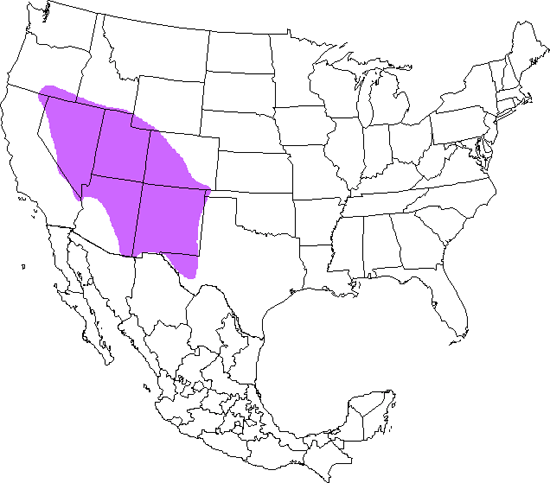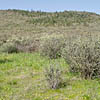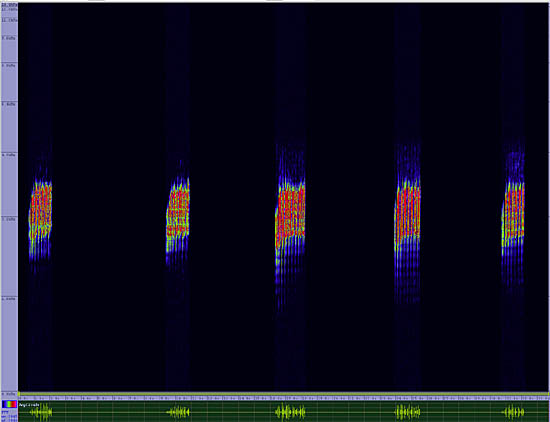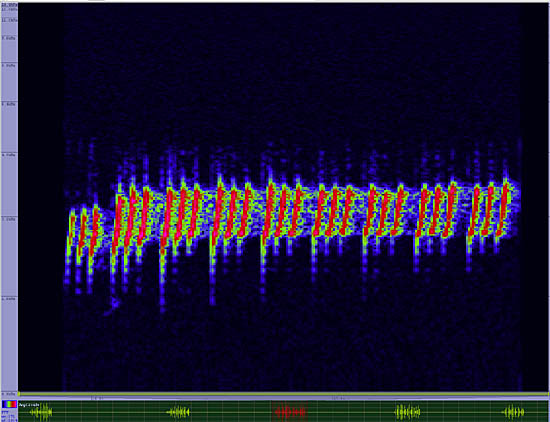Juniper Titmouse
Baeolophus ridgwayi

Perching
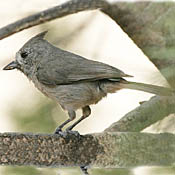
Length: 6 in. (15 cm )
Restricted to open chaparral and juniper habitats, this species often joins small foraging flocks of sparrows and juncoes. It nests in tree cavities and eats both fruits and insects, which are gleaned off leaves and other vegetation.
The four-digit banding code is JUTI.
Bibliographic details:
- Article: Juniper Titmouse
- Author(s): Dr. Biology
- Publisher: Arizona State University School of Life Sciences Ask A Biologist
- Site name: ASU - Ask A Biologist
- Date published: 13 Jul, 2017
- Date accessed: 3 September, 2025
- Link: https://askabiologist.asu.edu/activities/bird/juniper-titmouse
APA Style
Dr. Biology. (Thu, 07/13/2017 - 15:37). Juniper Titmouse. ASU - Ask A Biologist. Retrieved from https://askabiologist.asu.edu/activities/bird/juniper-titmouse
Chicago Manual of Style
Dr. Biology. "Juniper Titmouse". ASU - Ask A Biologist. 13 Jul 2017. https://askabiologist.asu.edu/activities/bird/juniper-titmouse
MLA 2017 Style
Dr. Biology. "Juniper Titmouse". ASU - Ask A Biologist. 13 Jul 2017. ASU - Ask A Biologist, Web. https://askabiologist.asu.edu/activities/bird/juniper-titmouse
Be Part of
Ask A Biologist
By volunteering, or simply sending us feedback on the site. Scientists, teachers, writers, illustrators, and translators are all important to the program. If you are interested in helping with the website we have a Volunteers page to get the process started.




